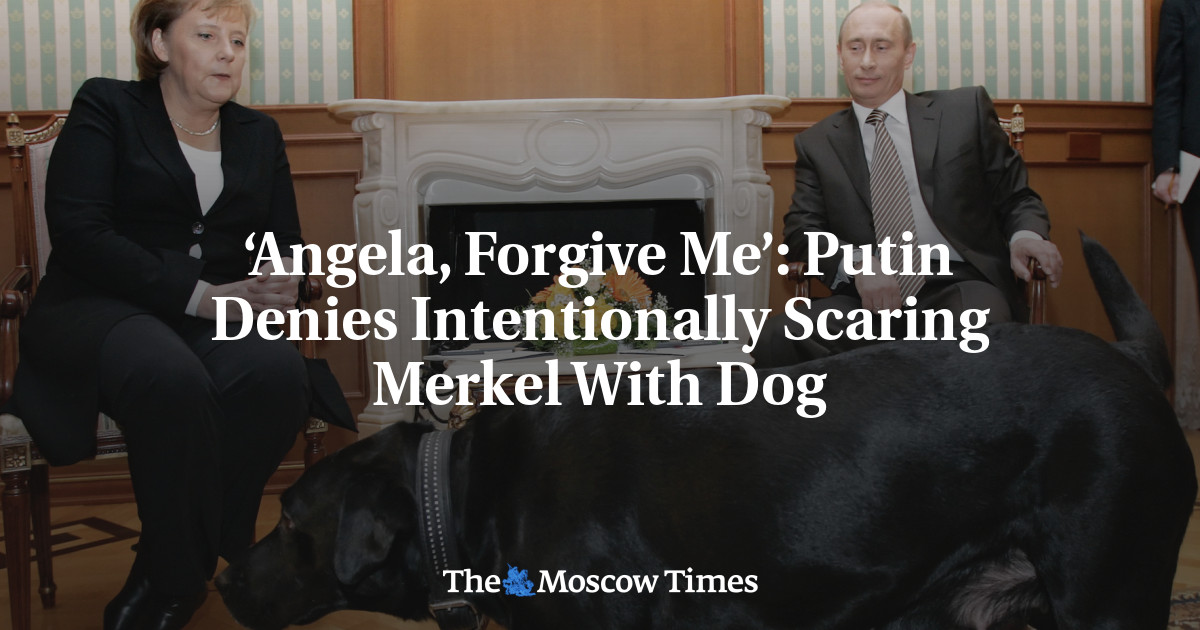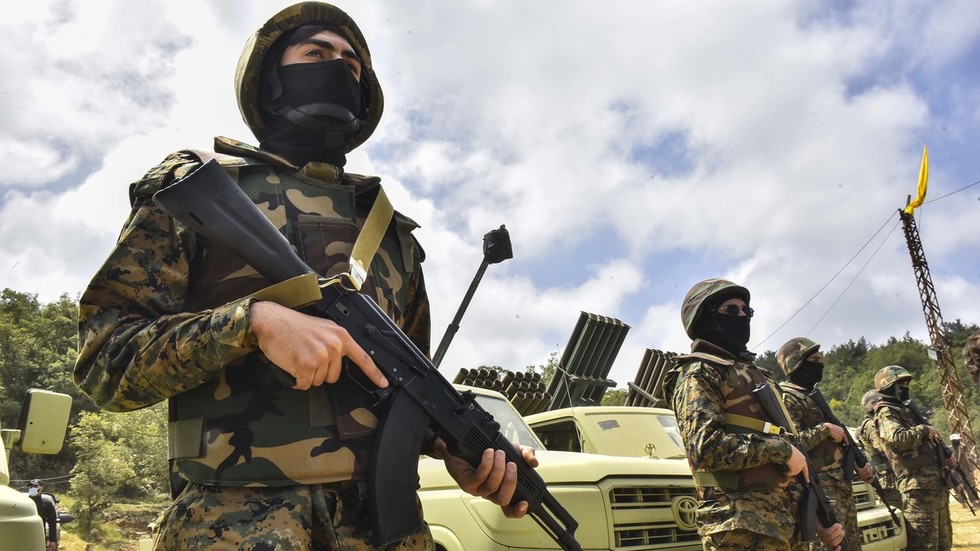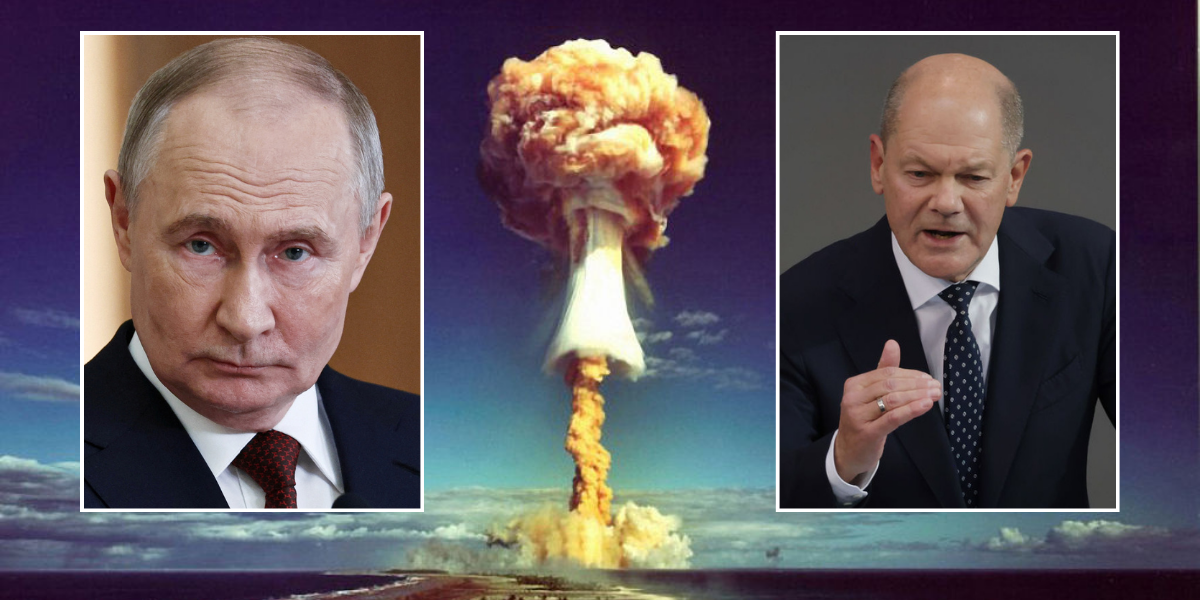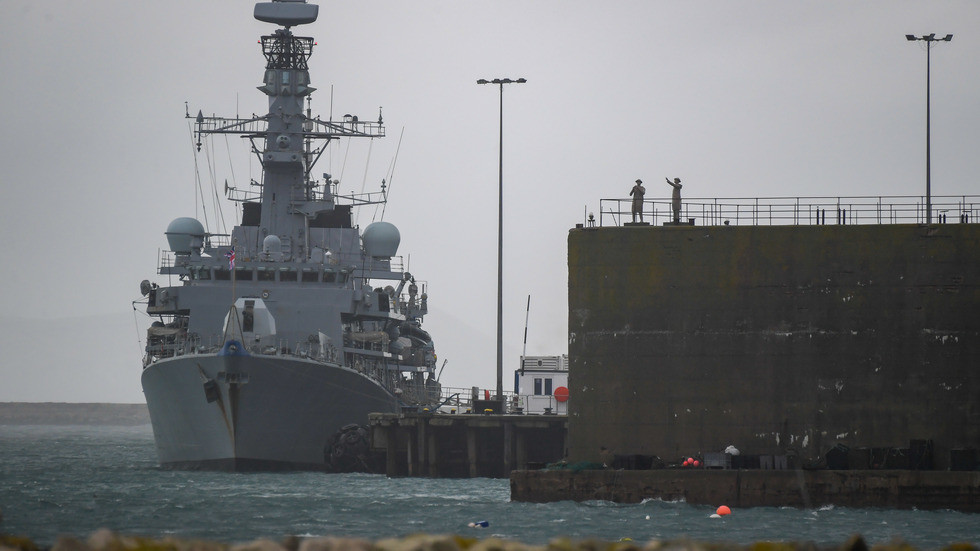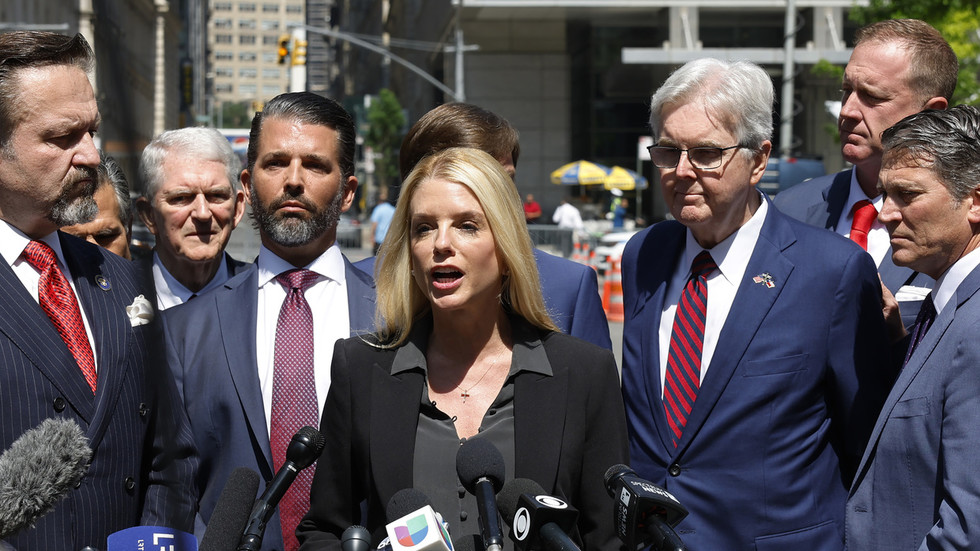It’s possible the war will start up again, but regardless of what happens, taking out this key Hezbollah capability was a critical play.
By SETH J. FRANTZMAN NOVEMBER 28, 2024 16:05 Updated: NOVEMBER 28, 2024 16:06 Smoke billows over Beirut's southern suburbs after an Israeli strike, amid hostilities between Hezbollah and Israeli forces, as seen from Baabda, Lebanon, November 25, 2024.
(photo credit: REUTERS/THAIER AL-SUDANI)
Smoke billows over Beirut's southern suburbs after an Israeli strike, amid hostilities between Hezbollah and Israeli forces, as seen from Baabda, Lebanon, November 25, 2024.
(photo credit: REUTERS/THAIER AL-SUDANI)
One of the last acts of the third Lebanon war, which appears to have ended with a ceasefire on November 27, was an Israel Air Force strike on a Hezbollah precision-guided missile production site. This was an important strike and it was a good way to close the curtain on this two month war which began on September 23 with Operation Northern Arrows.
It’s possible the war will start up again, but regardless of what happens, taking out this key Hezbollah capability was a a critical play.
Hezbollah has been seeking to acquire more advanced Iranian precision guided missiles over the last decade. Eventually, over the last five years or so it sought to move production to Lebanon so that it would not have to rely on smuggling via a route that stretches through Syria.
Precision guided munitions or PGMs, unlike guided rockets, can target important sites with precision - as can the large number of kamikaze drones developed by Hezbollah. The IDF has eliminated a large number of key Hezbollah officers linked to the drone program.
Limiting Hezbollah's ability to return
"We degraded Hezbollah’s launch capabilities, struck its strategic assets, eliminated its leadership, and damaged its command and control chain. We have also targeted its ability to rearm and resupply, and we have severely disrupted its ability to carry out its planned infiltration into our territory, a plan it had meticulously prepared to carry out on the day of command,” Israel’s IDF spokesperson Rear Admiral Daniel Hargari said on Wednesday.
The strike on the PGM site was one of the last acts of this conflict. “Before the ceasefire came into effect on Tuesday, IAF fighter jets, under the direction of the Intelligence Directorate, struck Hezbollah's largest precision-guided missile production site in Bekaa's Janta area. The 1.4-kilometer-long underground infrastructure was used to produce surface-to-surface missiles and components of different weapons, and store a range of precision weapons designated to be used in attacks on Israel,” the IDF said.
The IDF added that the site was “located in an underground compound near the Syrian border. Due to its proximity, the site was a central point through which thousands of weapons components and even terrorist operatives were smuggled from Syria and Lebanon.” Israel noted that Hezbollah production capacity for munitions has increased over the last decade with Iranian support. Iran prefers to move production to Lebanon because Israel has conducted a Campaign Between the Wars to strike Iranian smuggling via Syria. “In recent years, Hezbollah began building and operating this site with Iranian assistance and cooperation. Iranian operatives worked at the site alongside Lebanese Hezbollah terrorists,” the IDF noted.
Hezbollah has now lost this site. However, the group will likely try to increase its PGM production again. Israel doesn’t want Hezbollah to re-arm. The group will seek to re-arm quietly and secretly in coming months and years. This will mean that Hezbollah will return to be a threat against Israel. However, the strike on the PGM facility is a setback for the group, and a window into how it operates.

 By The Jerusalem Post (World News) | Created at 2024-11-28 14:25:07 | Updated at 2024-11-28 16:46:00
2 hours ago
By The Jerusalem Post (World News) | Created at 2024-11-28 14:25:07 | Updated at 2024-11-28 16:46:00
2 hours ago
